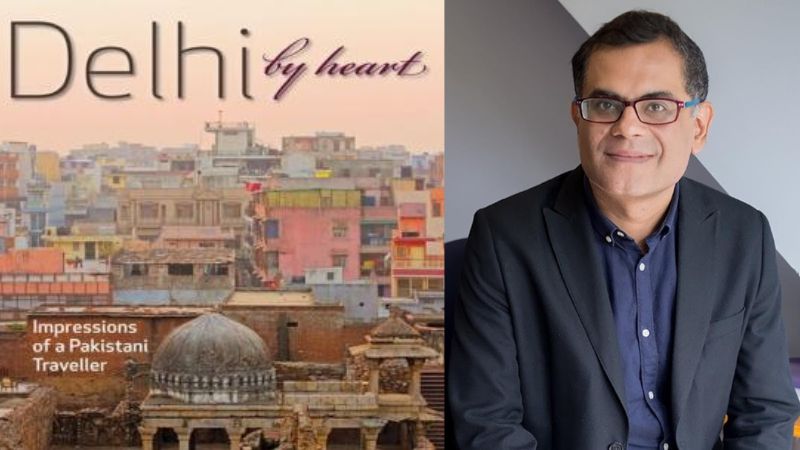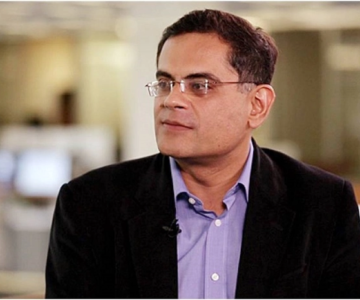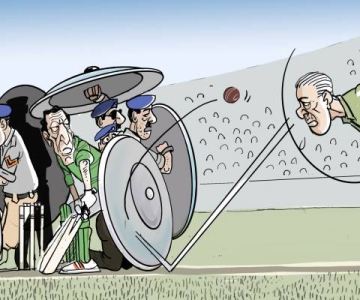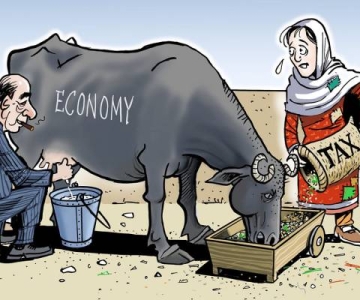Another review of my book, Delhi by heart, over at the Indian Express
One thing that can be said about Pakistani journalist Raza Rumi with a great amount of certainty is that he is a traveller. In recent years, he has travelled a lot between Lahore and Delhi, and, while in Delhi, between different parts of the city and Nizamuddin East. Many of these visits were to the Dargah Nizam-ud-Din Auliya located across the road from the house of his host.
Rumi calls this book Delhi by Heart and from the first page, you can make out that a large space in his heart is occupied by Dilli. The Delhis of the past and the present are as enmeshed in the book as they are in reality and that is its strength.
By his own admission, he has not planned the book. It follows its own logic, one thought leading to another, crossing man-made boundaries, sweeping across centuries and, suddenly, discovering a nugget of commonality, a strand of continuity, a shared shard of reality – and he shares that excitement with the reader.
Rumi finds common strands between Lahore and Delhi and Amritsar, he finds also that the image of the “other” that he carries is reciprocated on this side as well. He finds similar fanatics on both sides, the RSS here and the Jamaat-e-Islami and others of their ilk there. And yet, it is the commonalities of love, heritage, architecture and music that he foregrounds.
The dramatic personae are all there – Nizamuddin, Amir Khusrau, Sarmad, Dara Shikoh, Zafar and Ghalib – but what is most heartening is the attention he pays to women – Razia Sultan, the first woman emperor of India; Jahanara, who stood against Aurangzeb with her father and wronged brother; and Zebunnisa, Aurangzeb’s daughter who charted her own path. They were strong women, makers of their own destinies who few talk about and, for that alone, Delhi by Heart needs to be treasured. The book’s vast canvas draws from diverse resources to present a picture of Delhi that is alive and seen with sympathetic eyes.
Having said all of the above, one has to say that there are too many unexpectedly generous and sweeping statements in the book, for example, “Gulzar is India’s finest poet in Hindustani and Urdu”. A qasida or a panegyric has no place in a serious work like the book under review. Oversights like placing Nizamuddin and Khusrau in the 12th century need to be removed before the next edition. One needs also to be careful about using terms such as “Islamic cuisine, culture, music and architecture”. These are cultural and geographic constructs, and not denominational. Because if there is an Islamic culture, then the two-nation theory is right and the entire burden of Delhi by Heart is that it is not. It is certainly worth a buy.



